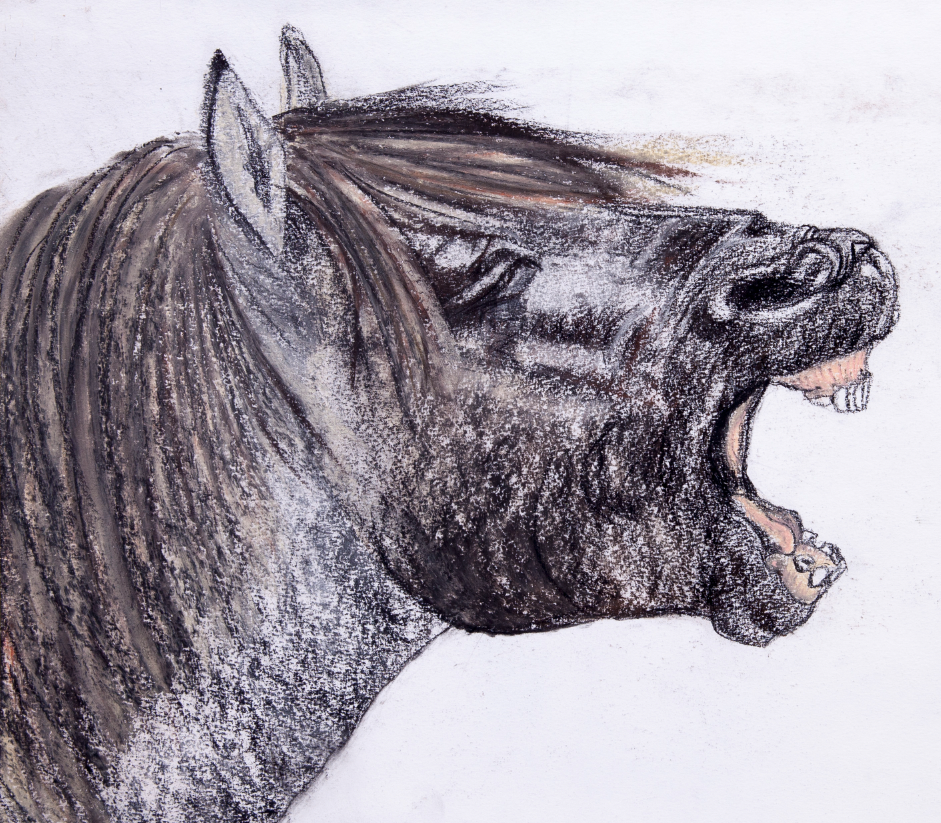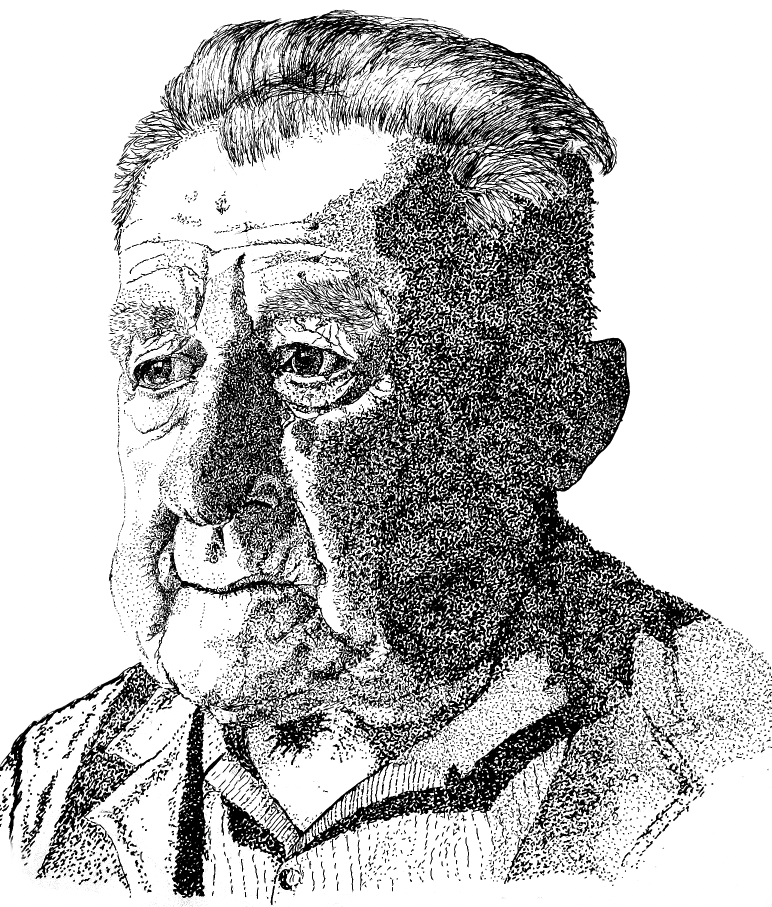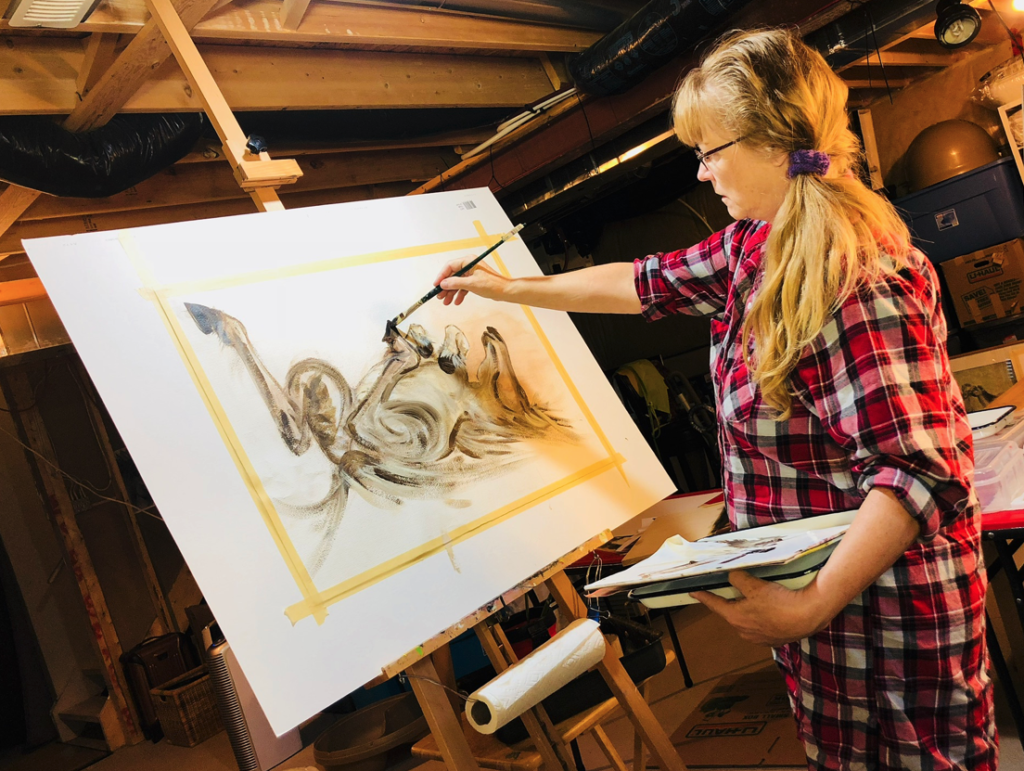There is no art without a story. It can be as simple as wanting to try and capture something with pen, pencil or brush. Or it can be as complex as trying to convey an emotion.
As a photographer, I have often been frustrated in the past when a particular shot was not successful for technical reasons. When I started out with a camera provided to me by the newspaper I worked for, I had to deal with what I had. I did not have the means to invest in a big brand super camera. And this often meant I did not ‘get’ the shot. It was too dark, or the action was too quick or the battery of my flash died at a crucial moment…. Argh!
But now that I have found my way to painting, I have gone through all of my materials and have found some shots that stir up vivid memories. A scene or person or animal that I was unable to capture properly. But I am working on transferring the memories to paint, leaning heavily on the ‘bad shot’ as my memory. I have nothing to show for it just yet, but if I am successful, you will be able to find the final results on this website, in my blog posts!
Do I have favourite subjects?
Anything with a beating heart will do just fine 🙂

Animals, people… and sometimes something else in nature. Painting animals seems easier at first glance, because, well, isn’t a dog a dog and a cat a cat? But this is not so. Even the humblest housepet has a signature move or expression. And to capture that, it is seldom enough to look at one photo. I do not typically accept commissions, but when I do, the painting is often preceded by a live encounter with the animal. I bring my camera (or cell phone) and meet with my ‘subject’, try to win its trust and observe it. This type of photography is not meant to produce stellar, hair sharp, award-winning images. It is a way to get good reference material. Material that will lead to a picture of which the owner of the animal can truly say: yes, THAT is the exact look of my pet!
People portraits
Faces and expressions have always interested me. To be able to make someone’s character jump off the canvas, that is what I strive for. As a teenager people would sometimes pose for me for hours, while I was doing their portrait with pencil or worked out an ink version later at home. It was fun and at the end of such sessions I often stated that I now truly knew the person. The lines in the face, the way they looked at me, the shades and highlights… they all told me a story.

Discovering portraiture in painting opened a new chapter to me. I am far from being an expert; to use the word of a fellow painter:
“Each painting encounters a moment where you, as the painter, are convinced you have messed it up completely. You kept going too long instead of taking a break or made a poor choice. You have to keep going – it is usually right after this moment that the painting starts to shine”
I have that experience myself.
Listening to my inner artist
When I am completely immersed in a painting, I am usually not aware of the clock ticking. Time just does not exist. Until I hit a roadblock. Then I sort of wake up, and hear my inner artist speak up. Thoughts like ‘Hey, it might be time to stop now!’ and ‘Oy! take a break!’ pop up in my head. Or even: ‘Uh-uh, wrong colour choice!’. When I listen to that advice, things usually end well. When I don’t, I have been known to mess up a painting, like, completely. And end the session in frustration and anger at myself. I have learned to look at the painting process as a game of sorts. Sometimes I say out loud: “I need help with this painting!”. And when I end a session for the day, I fold my hands together and thank my artist guides. Come up for air and tell my husband that ‘Picasso is tired’…
Not that I consider myself worthy of being mentioned in the same sentence with the great classical painters of the past. Far from it. I say it as a joke: my inner artist is tired and needs a break. And the funny thing is, when I enter my studio the next day, it is as if I see the painting of the previous day for the first time. Sometimes, I am in awe of what I managed to do. Other times I shake my head, take a deep breath and start over…

